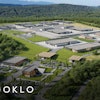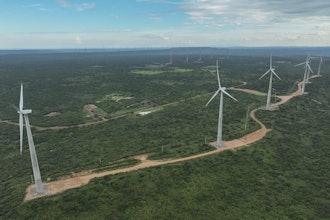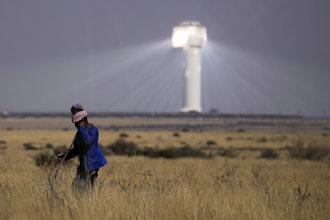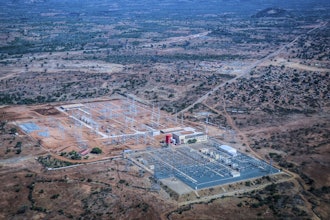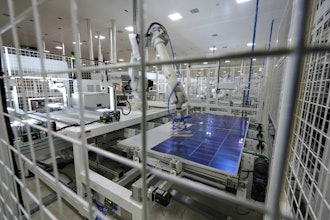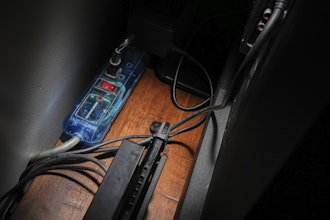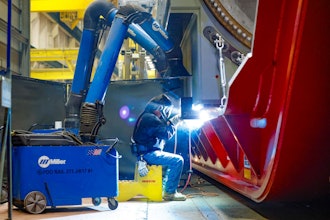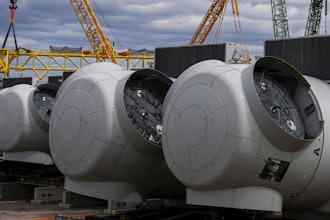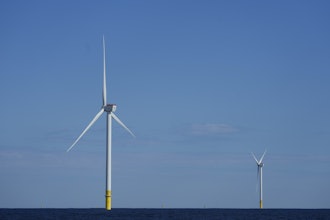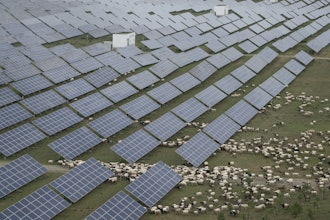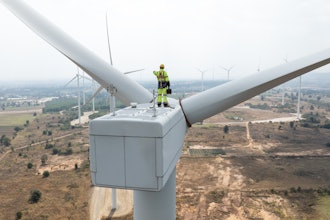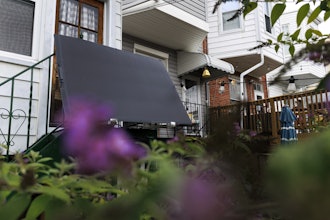The ability to store electricity for long periods of time will be increasingly important as the world begins to rely more and more on inconsistent energy sources such as the sun or wind.
In order to meet that challenge, numerous energy companies are taking another look at older systems — some dating back more than a century.
Those technologies, proponents believe, could store energy more economically than battery storage systems, which were most famously deployed by Tesla beginning in 2015.
The Wall Street Journal this week profiled three of those efforts.
The first, from Eagle Crest Energy in California, hopes to convert an iron mine east of Palm Springs into a pumped hydropower facility.
The $2 billion project would implement pumps that send large amounts of water into reservoirs during times of abundant, cheap power. When power is not as abundant, the water could be released down the mineshaft — turning turbines with the help of gravity alone.
The project would reportedly be able to power nearly a million homes for up to 10 hours.
Amber Kinetics, another California company, developed an advanced flywheel that can be powered up with renewable energy sources and continue spinning at high speeds in a vacuum chamber. The system could hold its spin for much longer than previous flywheels and generate electricity for hours at a time if needed.
Finally, the Journal detailed plans by Canadian company Hydrostor to generate energy by pumping compressed air into a water-filled underground tank.
Energy Companies Take Cues From The Past To Find Storage Systems For The Future
The ability to store electricity for long periods of time will be increasingly important as the world begins to rely more and more on inconsistent energy sources such as the sun or wind.
May 24, 2017
Latest in Energy
Oklo Picks Tennessee for $1.7B Advanced Fuel Center
September 12, 2025
Court Says Europe Can Call Nuclear, Natural Gas Investments 'Green'
September 12, 2025

